AMD Threadripper PRO Market Impact
Discussing the AMD Ryzen Threadripper 3995WX market impact in many ways is centered around the Lenovo ThinkStation P620. Effectively what we have seen is that the ThinkStation P620, the only system you can buy with this processor inside at the time of this publication, is able to compete with the Xeon W-2200 and W-3200 series single-socket systems as well as the dual Xeon systems in many scenarios.
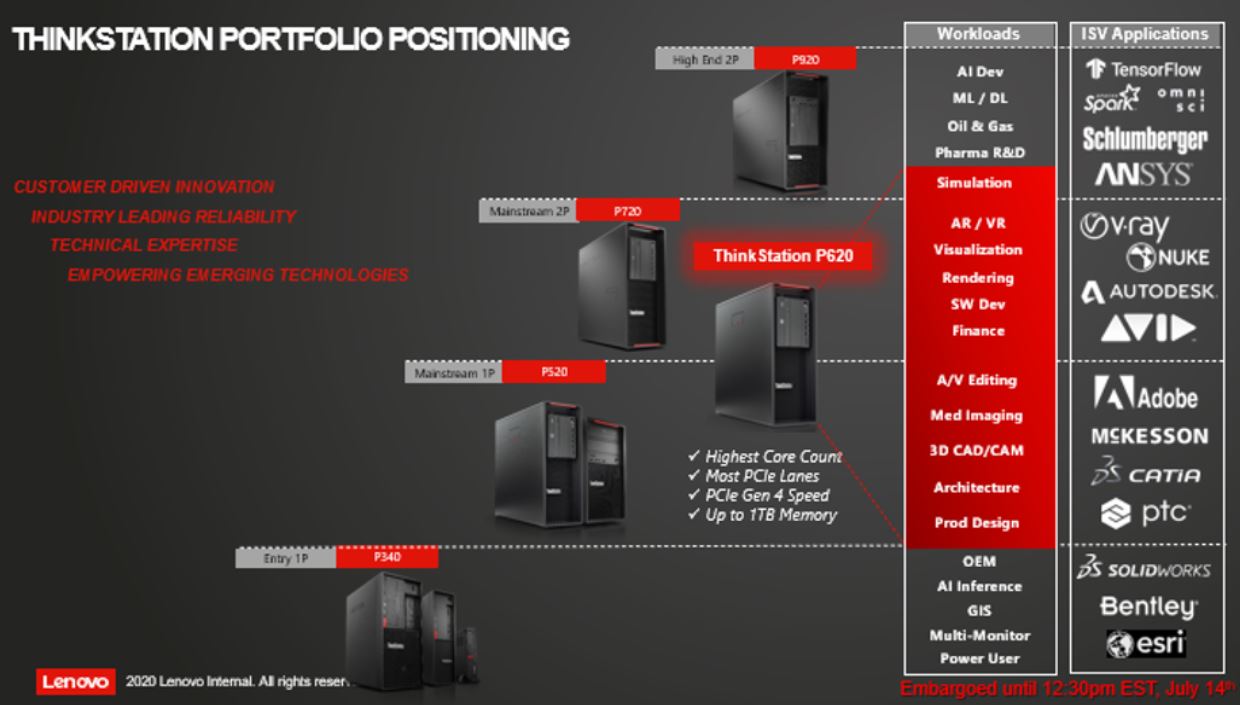
AMD likes to focus on similar comparisons. We will note that AMD should not have used the Xeon Platinum 8280 in this slide, instead it would have been appropriate to use the Gold 6258R which was already in-market when Threadripper PRO was launched. Still, the basic premise stands, AMD is hunting dual Intel Xeons with this part.
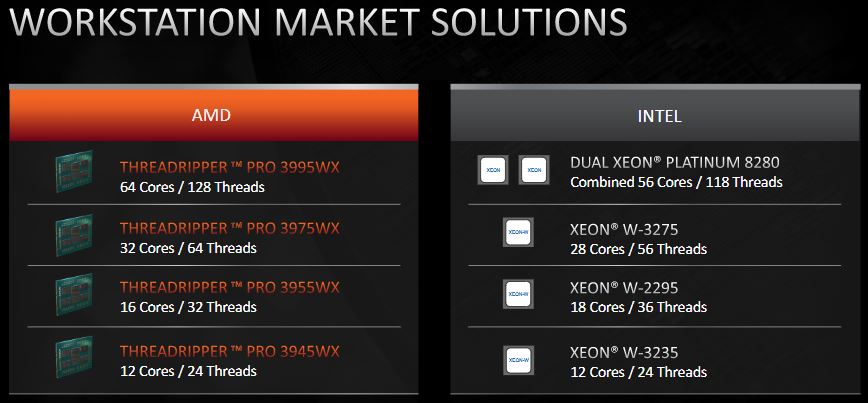
For STH readers, Ryzen Threadripper is what has been most available, Threadripper PRO is what we want. We have readers who already have received their ThinkStation P620’s so this is not just conjecture, we have readers already using these systems.
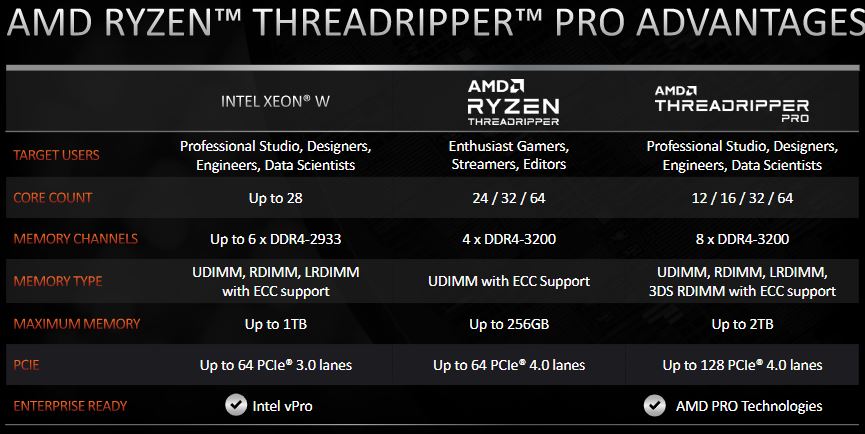
While AMD is focused on key specs, there is of course more to the story. With dual Intel Xeon Scalable sockets one can optimize on per-core performance as well as memory bandwidth/ core. Intel systems can utilize Optane DCPMM or now Optane PMem. Many ISV’s only support Intel Xeon CPUs since that is what is used by the majority of the market. Lenovo has been working on ISV certifications, but that is a big consideration. Also, Intel has a few features such as VNNI and AVX-512 that some buyers may specifically need. While the AMD charts above focus on speeds and feeds, the market is much more complex here.
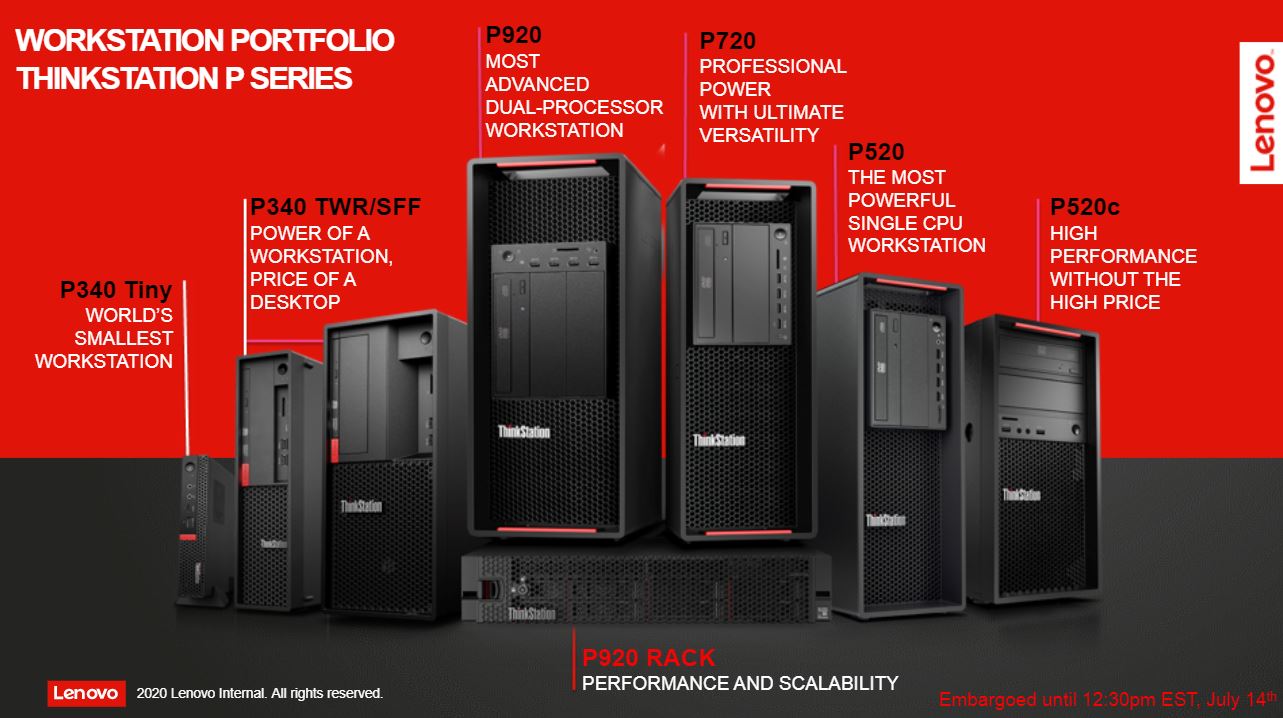
With that comes perhaps the biggest question, why has it taken this long? AMD has had the capability to deliver this part since late 2019/ early 2020. Still, looking today we see most systems from Lenovo, HP, and Dell are Intel Xeon based. While the consumer market moves quickly, the commercial segment is slower to transition to new technologies, like the server segment.
Still, we do not think this is going to be forever a Lenovo exclusive product. AMD and Lenovo need the ecosystem around AMD parts to grow, which means we need more vendors to adopt Threadripper PRO.
Final Words
This is effectively the processor you want in a high-end workstation today. If you are per-core licensed, then this is not going to be the best option. If you just need as much compute per socket as you can get, then this is clearly the best option in the market. Frankly, AMD is not just competing with single socket Xeon W-3200 parts, but dual parts as well.
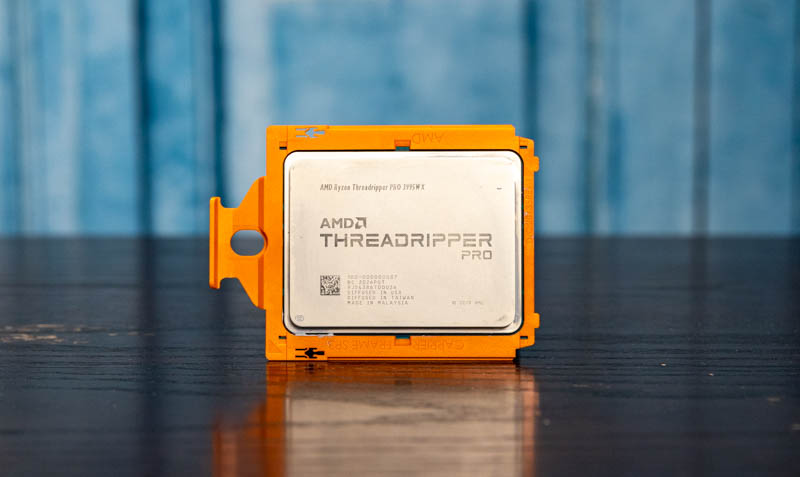
While on one hand, we really like the Lenovo ThinkStation P620, again stay tuned for William’s upcoming review, we also want to see more innovation around this part. The ecosystem needs to evolve beyond a single workstation model so that more ISVs can have the support and more customer organizations can take advantage of the technology.
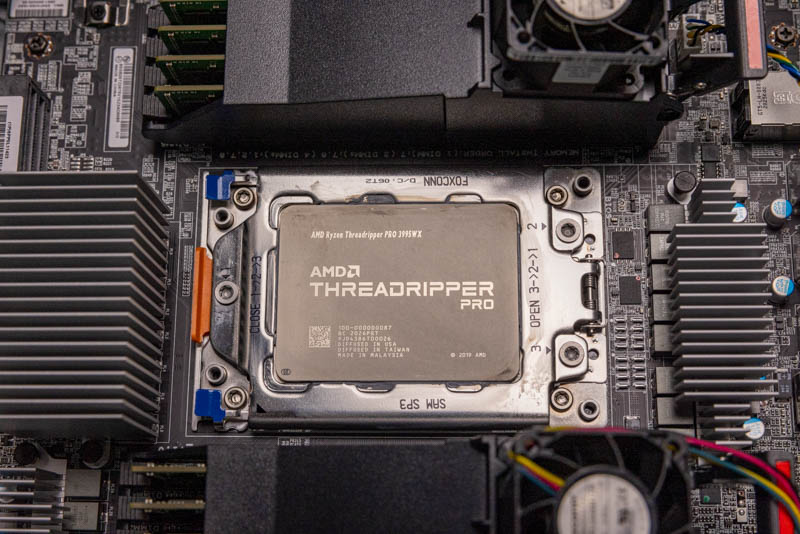
From a performance and platform perspective, it is hard not to feel like this is something we have seen before from AMD. Indeed we have in many ways. At the same time, when it comes to single-socket solutions, AMD has taken a bit from its workstation Threadripper line and a bit from its EPYC server processor line and created something very good. Frankly, we cannot wait until someone uses this as the basis for a GPU compute server node since it offers something totally different from what is in the market today.
Overall, the Threadripper 3995WX is a great part, we just want to see the ecosystem grow well beyond where it is today.

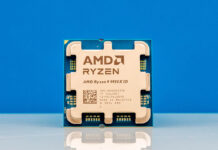


Great review.
Got mine since Oct end and been using it with 512gb of micron ram. Easily beating a 2P E5 2670v3 by a factor of 5 to 10 on my compute task.
Small form factor and hardly any noise or heat that I can keep under my desk. Have no complaints about it
Any comments on the recently sighted Asus and Gigabyte WRX80 motherboards?
The Threadripper Pro 3995WX is arguably AMD’s fastest multicore chip by being clearly higher clocked than the Epyc 7H12 while its eight memory channels can give it the edge over the vanilla Threadripper 3990X. We’re probably nearly Threadripper 5000 series with CES looming which would leaving Threadripper Pro probably arriving a few months later, after Epyc Milan is formally unveiled (Feb?). I would imagine that OEMs are waiting on the next generation before widely adopting this platform.
I do wish the Threadripper Pro offered some form of overclocking support. While stability is important, many of the tasks that wall into the workstation segment (CPU based video editing, rendering) can weigh that trade off. Even tuning where the base clock is increased but the turbo is lowered would be a viable trade off. This keeps clocks within specification but power draw certainly would not be. Similarly system cooling has to keep up with the added power draw. Though for many use-cases that is a viable trade off. Another area where overclocking would pay off for some users is with memory and being able to climb to DDR4-3600. This not only improves memory bandwidth but also several of the on-die buses run off of this clock for improved performance. Moving to DDR4-4000 invokes a bus ratio change so while raw memory bandwidth increases, overall performance can actually decrease due to lowered clocks else where. I’d be curious if Asus or Gigabyte adopt Threadripper Pro if they’ll support higher memory clocks but it does make sense that an OEM like Lenovo would strictly stick to official specs.
Lastly one feature I was hoping AMD would enable would be raw Infinity Fabric support over PCIe slots to various Radeon graphics cards. AMD has started to leverage Infinity Fabric links on their highend GPUs (Vega 20, MI100). This would not only provide more bandwidth between the CPU and GPU for compute focused workloads but fully coherent memory addressability between the two. That is a huge latency benefit which has traditionally been a bottleneck.
With regards to the P620, I do wish more of the PCIe lanes were put to use in the system. The Threadripper Pro platform with the TRX80 chipset has 136 open lanes available (120 from the CPU, 16 from the chipset). All the slots should be 16x as there are lanes to spare in addition to those used by storage. Various peripherals like audio can hang off of the chipset at lower PCIe lane widths and data rates without compromising their functionality. A single Ethernet connector is surprising even if it supports 10 Gbit. Several workstation use-cases I’ve dealt with have them sit on two separated networks.
Kevin G: the chip overclocks itself. It’s called turbo mode. And since this is the highest configuration, I also think AMD put there the highest capable chip. No need ever, ever to tweak it. AMD did that for you already.
Curious to see if ASRock pump out a ‘server’ board for this too.
– AMD Ryzen™ Thread ripper PRO 3995WX RAM – 256GB